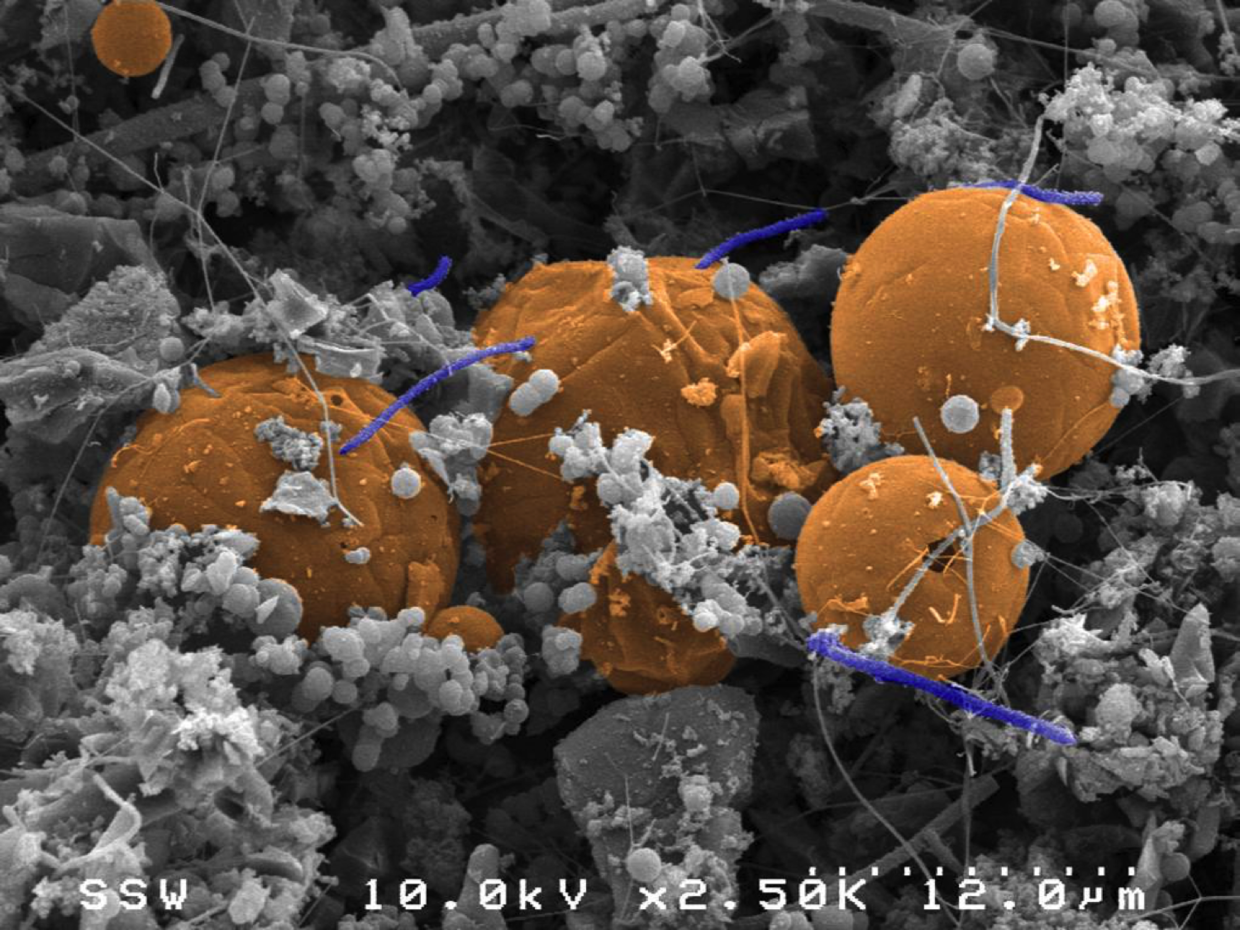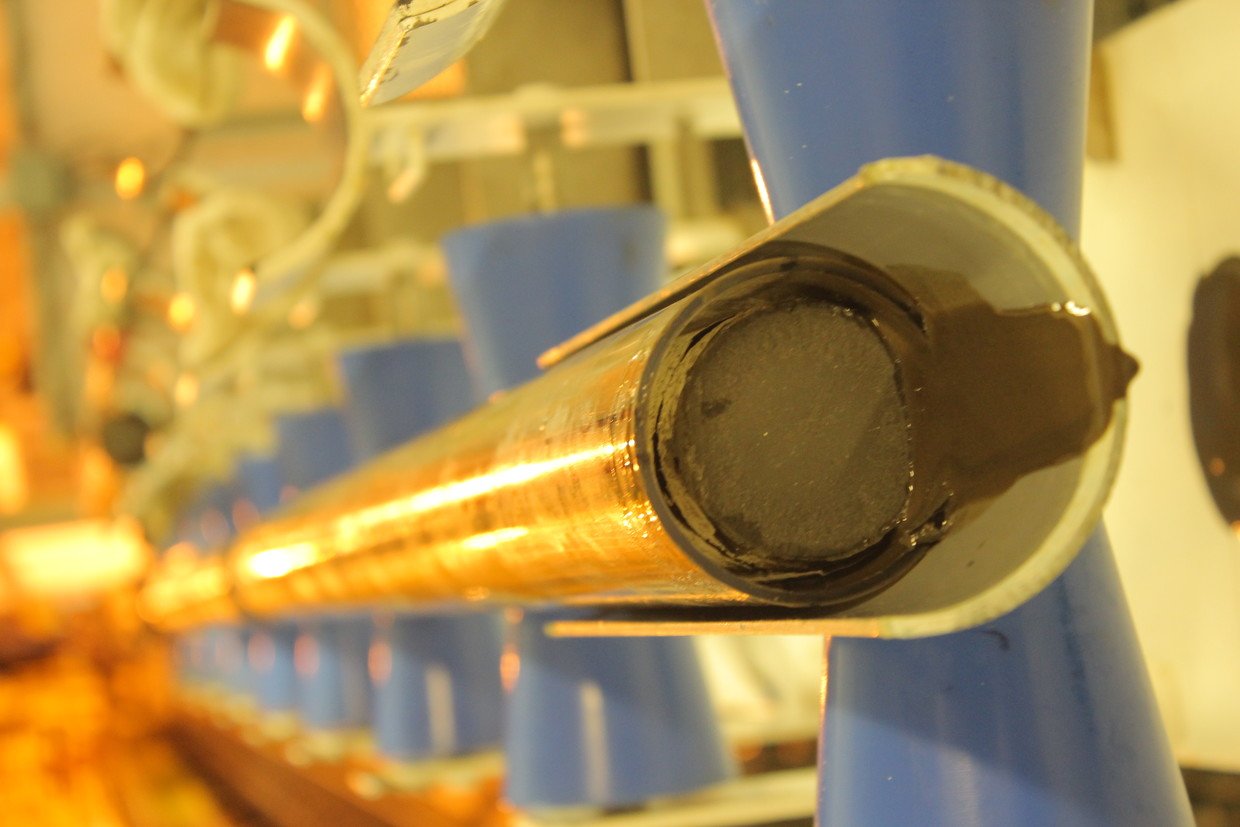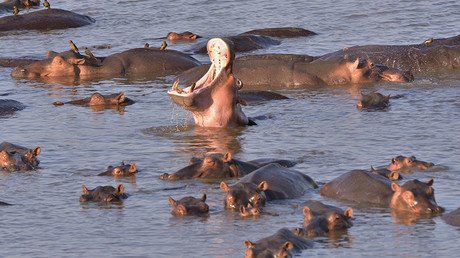Life but not as we know it: ‘Deep biosphere’ exceeds human population, baffles science

Newly published research into the “microbial dark matter” in the Earth’s “deep biosphere” has produced several transformational discoveries and further extended our understanding of what the limitations of life on Earth truly are.
The Deep Carbon Observatory, a group of roughly 300 researchers in 34 countries, explored the deep subsurface of our planet over the course of a decade and discovered a veritable “subterranean Galapagos” replete with lifeforms we didn’t know could exist. Among this “microbial dark matter” is an estimated 70 percent of the Earth’s bacteria and archaea (microbes with no membrane-bound nucleus), the majority of which have yet to be discovered or documented by science.

The genetic diversity observed thus far in the study is greater than or equal to that above the surface. This throws open the door to the absolute limits of life on Earth in terms of pressure, temperature and food scarcity.
“Exploring the deep subsurface is akin to exploring the Amazon rainforest. There is life everywhere, and everywhere there’s an awe-inspiring abundance of unexpected and unusual organisms,”says Mitch Sogin of the Marine Biological Laboratory Woods Hole, USA, co-chair of DCO’s Deep Life community.
The teams studied deep biosphere life via a series of mines and boreholes which reached depths of 5km (3.1 miles) below the continental subsurface and 2.5km (1.6 miles) under the seafloor.

Based on their years of research, the teams estimate that 6 x10^29 cells (6 followed by 29 zeroes) live deep beneath the continental landmasses which translates to between 15 and 23 billion tonnes of carbon life in one form or another all living out their lives beneath our feet. That equates to roughly 2.3 billion cubic km of space or twice the total volume of the planet’s oceans.
The hardy creatures discovered there can withstand record depths, pressures and temperatures that scientists didn’t think possible prior to this landmark biological census.
These creatures live vastly different lives than their counterparts above ground. Take the so-called “Zombie bacteria” for instance, which have lifespans that range in the tens of millions of years. That said, they don’t really grow or do much of anything at all, including cellular division, apart from just surviving.
Also on rt.com New universe theory suggests galaxies float in vast ocean of ‘dark fluid’Not only are the majority of the species observed thus far unknown to science, we also don’t understand how they live, procreate or affect life on the planet’s surface.
“A decade ago, we had no idea that the rocks beneath our feet could be so vastly inhabited,” says Isabelle Daniel of the University of Lyon 1 in France.
“Experimental investigations told us that microbes could potentially survive to great depth; at that time, we had no evidence, and this has become real 10 years later. This is simply fascinating and will surely foster enthusiasm to look for the biotic-abiotic fringe on Earth and elsewhere.”
Think your friends would be interested? Share this story!














